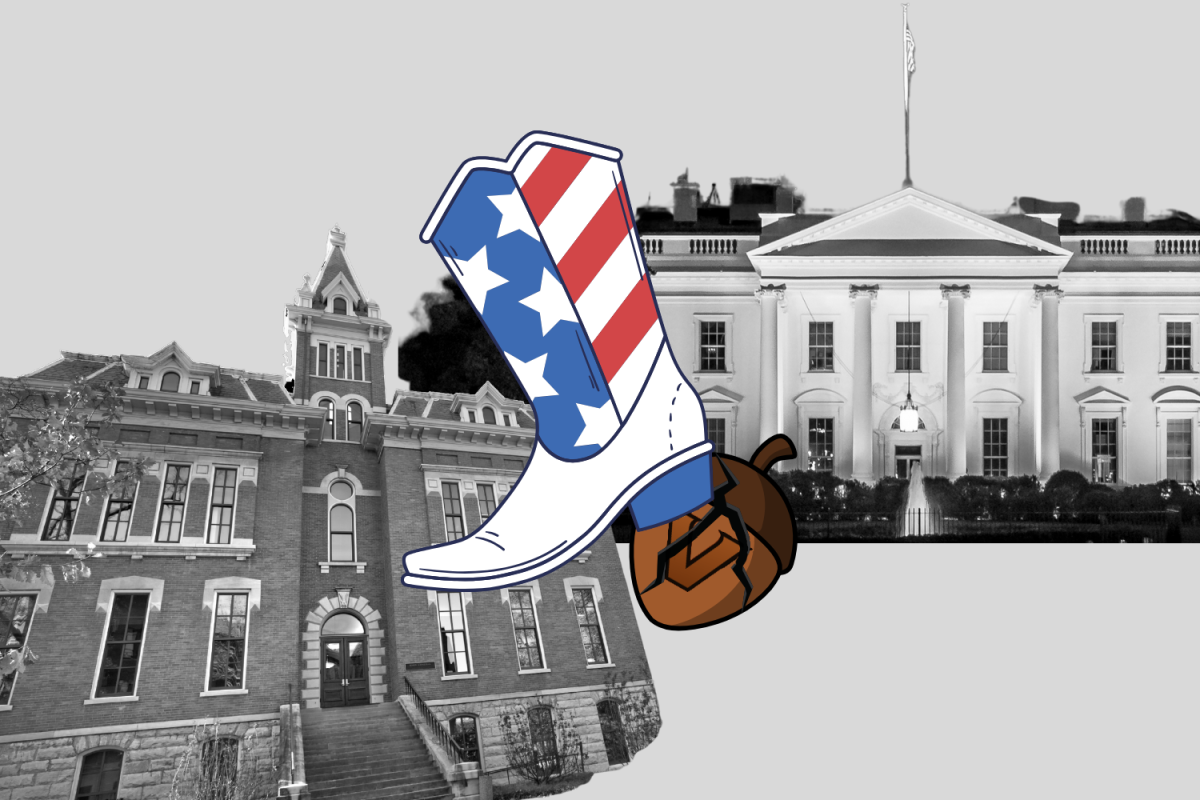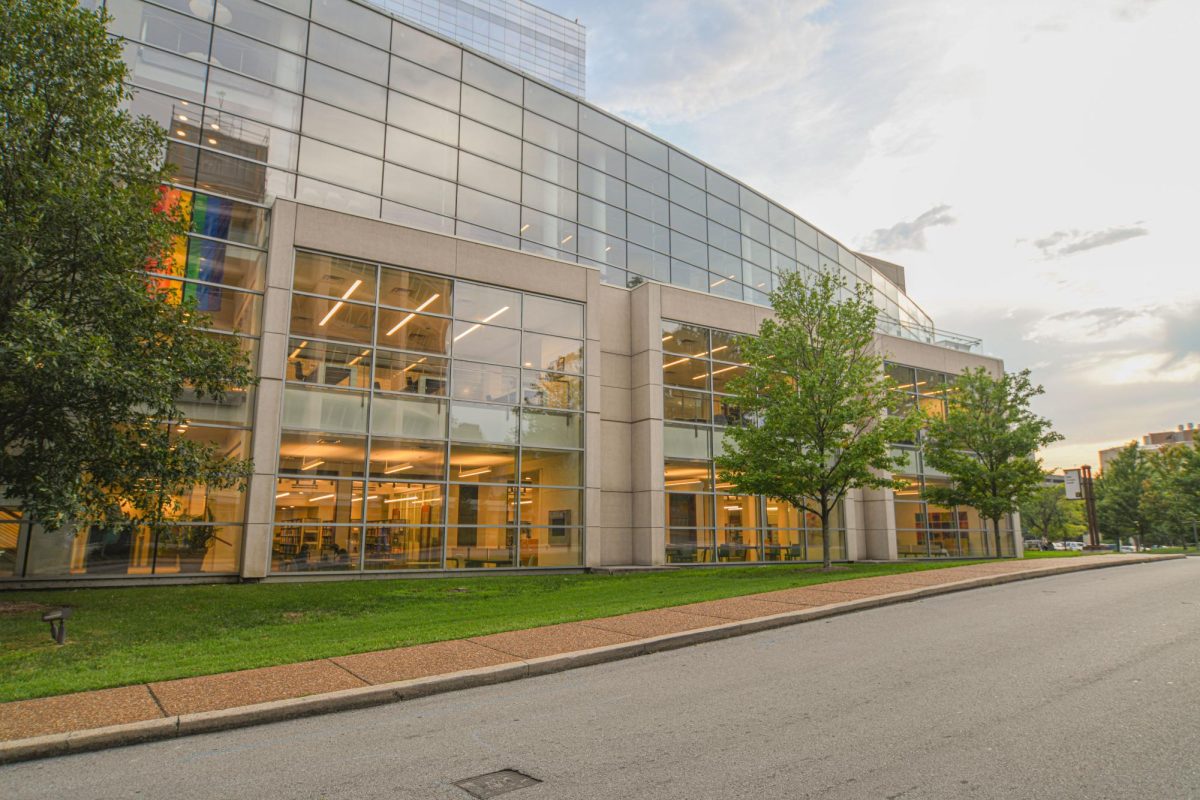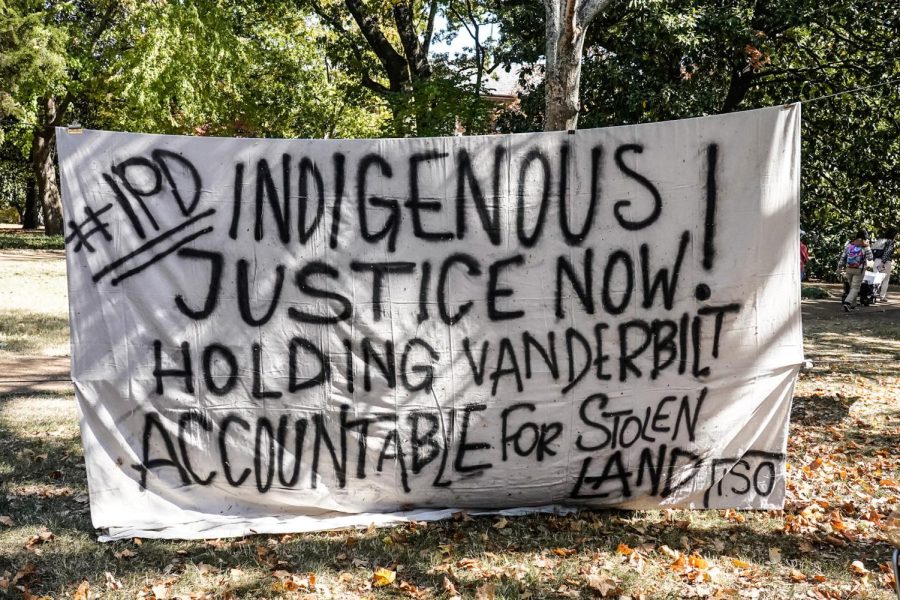“Ending Radical And Wasteful Government DEI Programs And Preferencing.” This was one of the first executive orders Trump issued after ascending to the presidential office. The order reflects his — and the Republican party’s — broader mission to be victorious in the “culture wars” against “woke” diversity, equity and inclusion (DEI) policies used by organizations across the United States.
Over the past several years, the efforts in promoting DEI have sought to both provide additional opportunities to marginalized groups and improve organizations by inviting new ideas and perspectives. In the world of academia, through affirmative action and identity-focused college essay questions, universities have sought to shape the next generation into more open-minded and capable critical thinkers through DEI practices.
After all, diversity fosters greater innovation, creativity and problem-solving. Research shows that students who engage with differing viewpoints experience greater skill development, career success, life satisfaction and have a higher chance of assuming civic leadership roles. Students in diverse environments will undoubtedly be challenged with worldviews different from their own, allowing them to cultivate their “enjoyment of and motivation to think, solve problems and actively use one’s mind.”
However, conservatives have recently attacked DEI policies for being “intolerant and narrow,” instead claiming to “stand for meritocratic ideals” that do not divide Americans by “making many groups out of one citizenry.” Suggesting that DEI efforts are corrupting higher education, Republican politicians — now empowered by a government trifecta — have systematically targeted campus DEI practices promoting racial equity.
Vanderbilt’s attempt to maintain some semblance of a diverse student body in the face of this legislative assault has been remarkably unsuccessful. While Dean of Undergraduate Admissions Doug Christiansen stated that Vanderbilt continues to market itself toward students of “underrepresented racial identities” and groups like Vanderbilt’s MOSAIC seek to recruit multicultural undergraduates, the Class of 2028’s racial diversity still dropped by more than 20% compared to the previous year after race-based affirmative action was ruled unconstitutional by the Supreme Court in 2023.
In order to maintain a truly diverse campus community, Vanderbilt needs to pivot from race-based DEI policies to socioeconomic ones. This is because conservative furor around DEI has almost solely been directed toward programs which promote racial equity and not efforts to uplift other minority communities. When it comes to low-income students, efforts to make college more financially accessible have actually been celebrated by many Republicans.
Given that racial and socioeconomic diversity are strongly correlated, making Vanderbilt a more affordable institution will thus avoid conservatives’ DEI critiques while still creating a community accessible to individuals of all races and backgrounds. More diversity will also mean greater opportunities for student learning, personal development and the civil discourse that Vanderbilt loves to promote.
Vanderbilt has made some big strides toward this goal: The percentage of Pell Grant recipients in the student body has increased over the past decade, and there are now full-tuition scholarships available to students with family incomes under $150,000. But more can still be done.
For many, attending Vanderbilt remains a financial impossibility, or at the very least it entails a life-long burden of student debt. From reducing the uncertainty of financial aid in the early decision process to minimizing the impact of legacy status on admission and expanding its support for programs like QuestBridge, Vanderbilt can do much more to create a socioeconomically diverse community. And with the decline of DEI practices, and thus universities’ abilities to explicitly create racially varied campuses, these efforts aren’t just important for student growth and social change — they are necessary.











